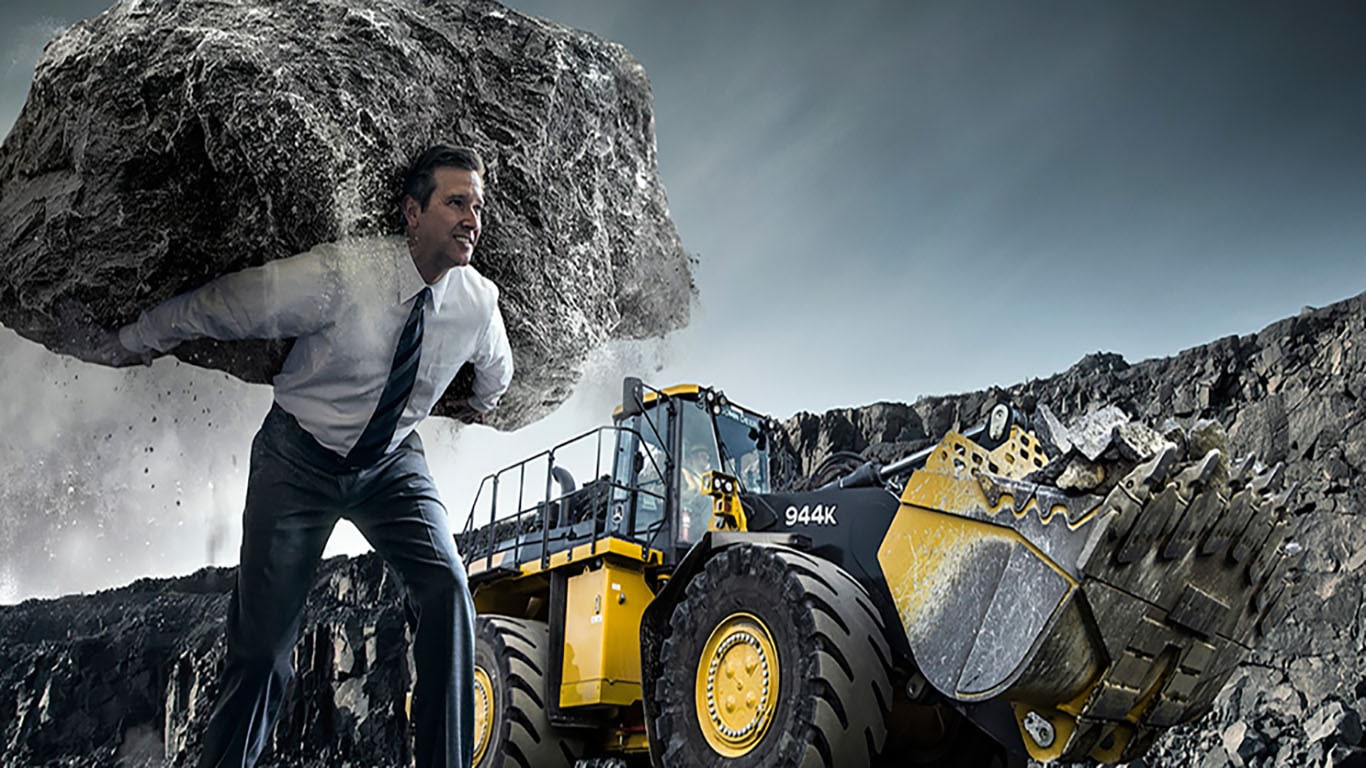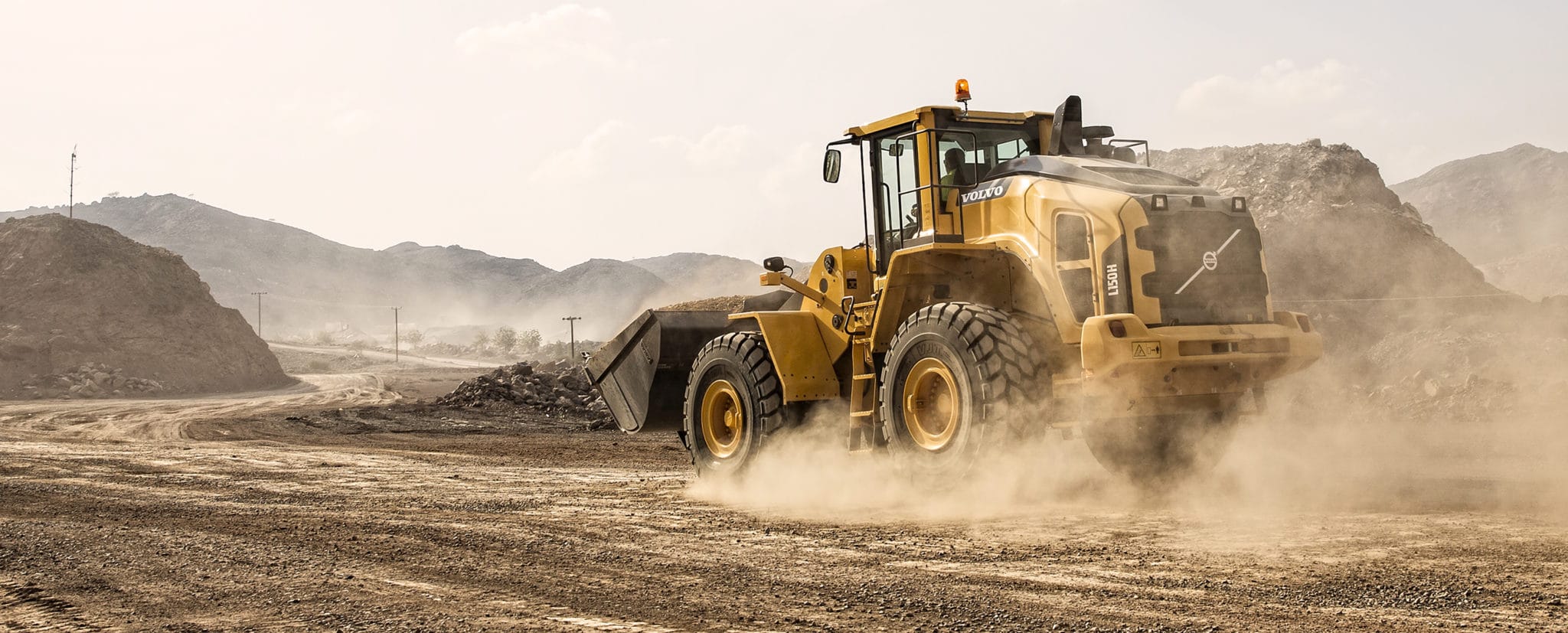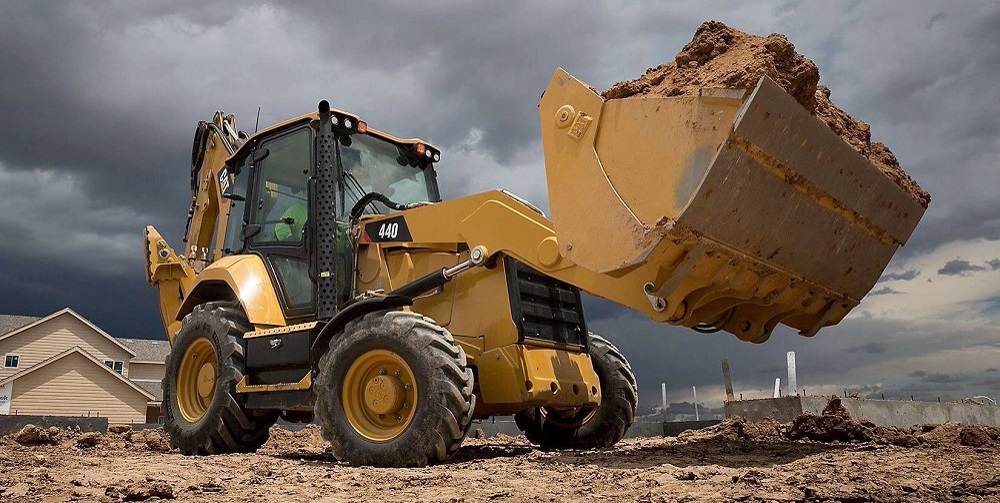Dependable Construction Equipment Rentals for Your Projects
Dependable Construction Equipment Rentals for Your Projects
Blog Article
Renting Out Vs. Buying Construction Devices: Making the Right Selection for Your Project
When getting started on a building and construction project, one of the crucial choices that forecast stakeholders and managers face is whether to get or lease construction tools. The decision pivots on numerous aspects such as expense factors to consider, project duration, tools upkeep, scalability, threat, and adaptability monitoring.
Price Factors To Consider
Leasing tools frequently calls for lower preliminary repayments contrasted to acquiring, making it an appealing choice for temporary projects or professionals with spending plan constraints. In the long run, continually renting equipment can accumulate greater prices than acquiring, especially for extensive projects.
On the other hand, acquiring building and construction tools involves higher in advance prices but can result in lasting financial savings, especially for long-term projects or constant customers. Ultimately, the decision between purchasing and renting out building tools hinges on the project's period, regularity of use, spending plan factors to consider, and lasting monetary objectives.
Project Duration

On the other hand, for long-term jobs or continuous building job, getting equipment could be the a lot more cost-effective option. Getting tools can bring about set you back savings over time, specifically if the devices will certainly be frequently made use of. In addition, owning equipment offers a feeling of control over its schedule and allows for personalization to fit details task requirements.

Equipment Upkeep
Given the crucial function task duration plays in figuring out one of the most economical approach in between getting and renting out construction tools, the emphasis currently shifts towards taking a look at the crucial element of devices upkeep. Appropriate maintenance is vital for ensuring the optimal performance and longevity of construction equipment. Leasing devices frequently comes with the benefit of having well-kept equipment given by the rental business. This can ease the concern of maintenance tasks from the task owner or service provider, saving time and effort. On the various other hand, owning equipment calls for an aggressive technique to maintenance to avoid malfunctions, guarantee security, and expand the devices's life expectancy. Routine examinations, servicing, and timely repairs are needed to maintain owned equipment in leading functioning condition. Consider maintenance prices when making a decision in between renting and buying, as ignoring upkeep can bring about pricey repairs, downtime, and job hold-ups. Eventually, a well-maintained building and construction tools fleet, whether rented or owned, is important for the effective and efficient conclusion of building and construction jobs.
Adaptability and Scalability
In the realm of construction tools administration, the facet of flexibility and scalability holds substantial relevance for task efficiency and source usage. Choosing to lease construction equipment supplies a high level of versatility as it enables the quick change of tools kinds and quantities based upon the evolving demands of a project. Renting out allows specialists to access a variety of specialized tools that may be required for particular jobs without the long-term commitment of possession. This adaptability is specifically useful for projects with differing needs or unclear durations (mini excavator rental).
In addition, scalability, an additional essential aspect, is naturally linked to versatility. Renting out building equipment provides the benefit of conveniently scaling procedures up or down as task needs change. Contractors can quickly include or trade tools to match the job's altering demands without the restraints of owning assets that may become underutilized or out-of-date. This capacity to range sources successfully can result in expense savings and enhanced project timelines, making renting a favorable option for tasks calling for flexibility and responsive resource allotment.
Risk Management
Efficient threat management in building tools procedures is critical to ensuring project success and mitigating possible economic losses. Building and construction projects inherently involve numerous threats, such as equipment malfunctions, mishaps, and job hold-ups, which can substantially influence the project timeline and budget plan. By very carefully considering the dangers related to owning or renting construction devices, job managers can make enlightened decisions to lessen these possible risks.
Leasing construction equipment can provide a degree of danger mitigation by transferring the duty of repair and maintenance to the rental firm. This can reduce the monetary burden on the project proprietor in instance of unanticipated tools failings (heavy equipment rental). Furthermore, leasing supplies the versatility to access specialized equipment for particular project stages, forklift rental lowering the danger of owning underutilized equipment
On the other hand, owning building tools provides a feeling of control over its use and upkeep. Nonetheless, this also implies bearing the complete responsibility for repairs, upkeep expenses, and devaluation, increasing the financial threats associated with devices possession. Mindful danger evaluation and consideration of aspects such as project period, equipment utilization, and maintenance requirements are important in determining one of the most appropriate alternative for reliable danger management in building and construction jobs.
Conclusion
To conclude, when determining in between renting and getting building tools, it is important to take into consideration price, project period, equipment maintenance, scalability, threat, and adaptability monitoring. Each variable plays a crucial function in figuring out the most appropriate option for the task handy. By carefully assessing these elements, job managers can make an educated decision that straightens with their budget plan, timeline, and overall job goals.

Report this page